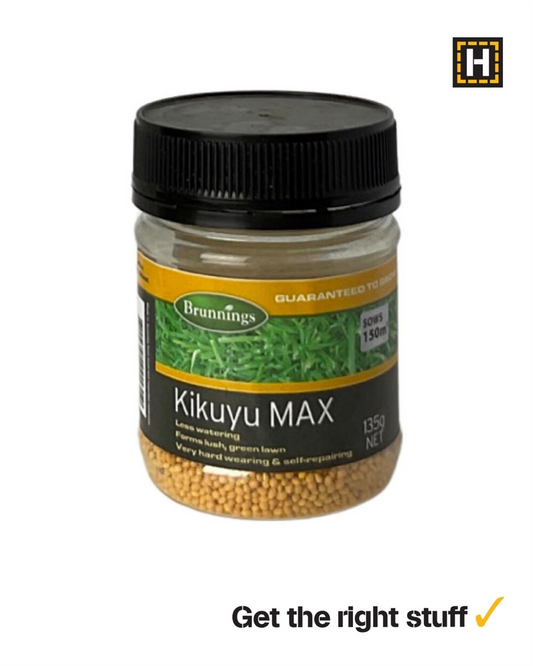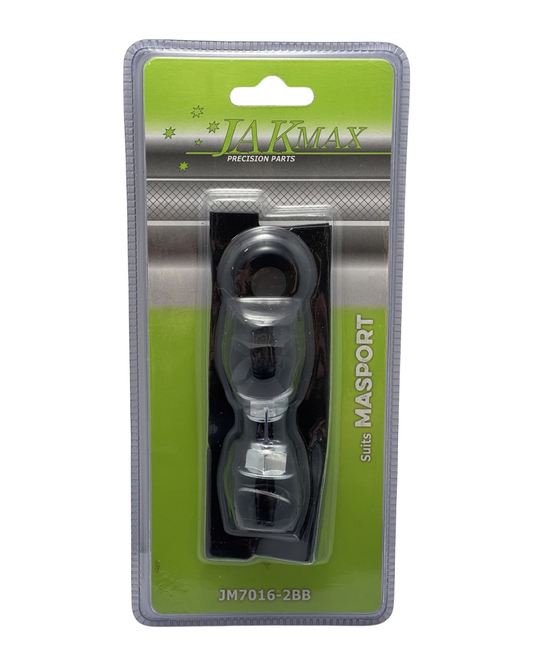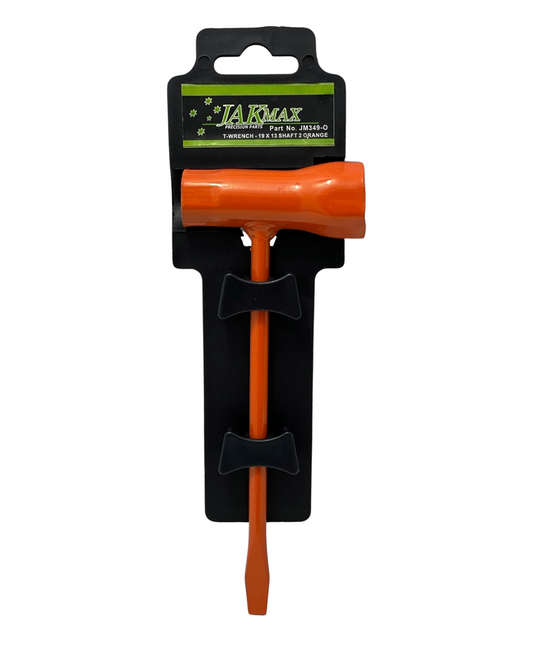Read this if you’re planting your first vegetable garden
Share
Starting Your First Vegetable Garden? Here’s What You Need to Know
So, you’ve decided to grow your own veggies—fantastic! There’s nothing quite like stepping outside, plucking a fresh tomato, and knowing you made that happen. It’s rewarding, grounding, and let’s be honest, the thought of homegrown produce is pretty tempting. But where do you even start? If you’re feeling a little overwhelmed, you’re not alone. Let’s break it down into simple steps so you can start growing with confidence.
Pick Your Spot Wisely
Your garden’s success starts with location. Veggies thrive in full sun, so choose a spot that gets at least six hours of direct sunlight each day. Morning sun is best, as it’s not as harsh as the afternoon heat. If your backyard is shaded, don’t worry—leafy greens like spinach and lettuce can manage with a little less sunshine.
Good drainage is a must. Soggy soil leads to sad, struggling plants. If your yard tends to hold water, a raised garden bed might be the way to go.
Start Simple with Easy-to-Grow Veggies
Not all veggies demand the same level of care. Since this is your first garden, let’s set you up for success with some beginner-friendly options:
- Cherry Tomatoes: Quick-growing and forgiving of beginner mistakes.
- Zucchini: Prolific growers, even if you forget about them for a few days.
- Lettuce: Harvest leaf by leaf and enjoy a supply that keeps coming.
- Carrots: Just pop the seeds into the soil, water, and let nature do its thing.
- Herbs (Basil, Parsley, Mint): Low-maintenance and perfect for adding fresh flavour to your cooking.
Know Your Soil
Soil is the foundation of a good garden, so you’ll want to get it right. If your soil is too sandy, it won’t hold water well. Too much clay, and it ends up like cement when it dries. An easy fix? Add organic matter like compost or manure to improve texture and provide nutrients.
Not sure what you’re working with? Grab a handful of moist soil and squeeze it. If it crumbles easily, you’re on track. If it clumps and stays in a tight ball, it needs better drainage.
Watering the Right Way
New gardeners tend to overdo or underdo the watering. Plants like consistency—aim for moist, not soggy soil. A deep, thorough drink a couple of times a week is better than a light sprinkle every day. Early morning is the best time to water, giving your plants time to dry off before evening to prevent diseases.
Give Your Plants Room to Breathe
It’s tempting to pack all your plants tightly together to maximise space, but overcrowding leads to weak growth, poor air circulation, and more pests. Follow the spacing guidelines on seed packets or plant labels. Your veggies will appreciate the breathing room.
Pest Patrol Without Chemicals
Even a small veggie patch will attract uninvited guests. Instead of going straight for harsh sprays, try natural solutions:
- Companion planting: Marigolds deter pests naturally.
- Hand-picking: If you spot caterpillars or slugs, remove them by hand.
- Encourage beneficial insects: Ladybugs and lacewings are natural predators of common garden pests.
Be Prepared for a Bit of Trial and Error
No one gets it perfect the first time! Some plants won’t thrive, some might surprise you, and mistakes will happen. That’s part of the experience. The more time you spend in your garden, the more you’ll understand what works in your space.
Enjoy the Process
Homegrown veggies aren’t just about the harvest. There’s something therapeutic about getting your hands in the soil, watching seedlings grow, and knowing your food didn’t travel thousands of kilometres to reach your plate. Take time to enjoy it, and soon, your kitchen will be brimming with fresh produce straight from your own garden.
Happy gardening!
Candeece
 Stay Connected
Stay Connected
Join our gardening community on Facebook the Urban Gardener's Notebook
And follow our Store Facebook Page: Strathalbyn H Hardware on Facebook









